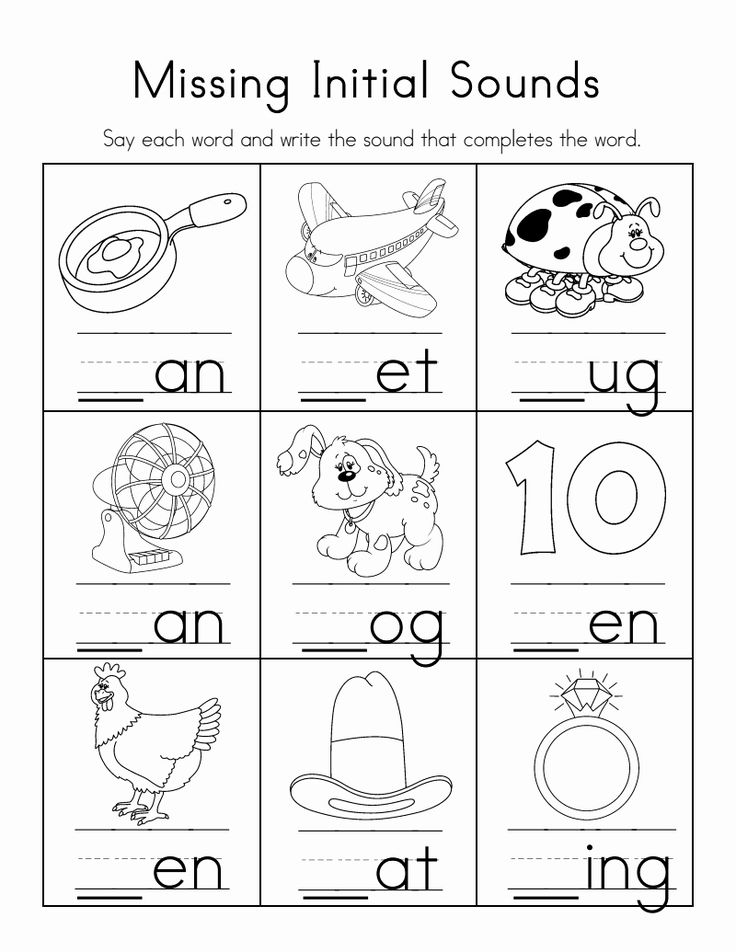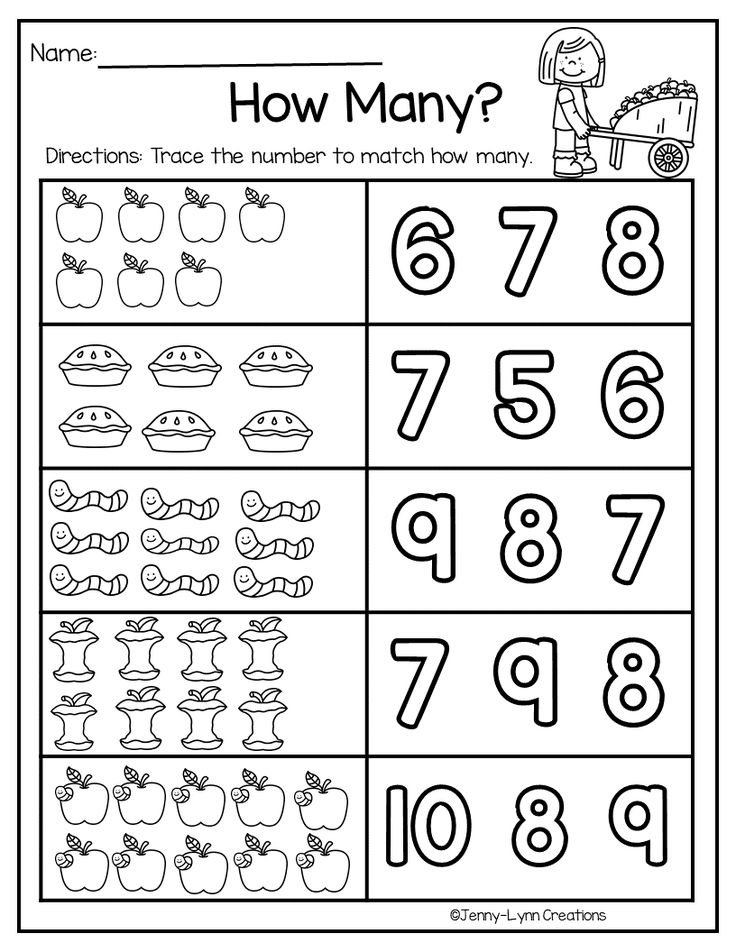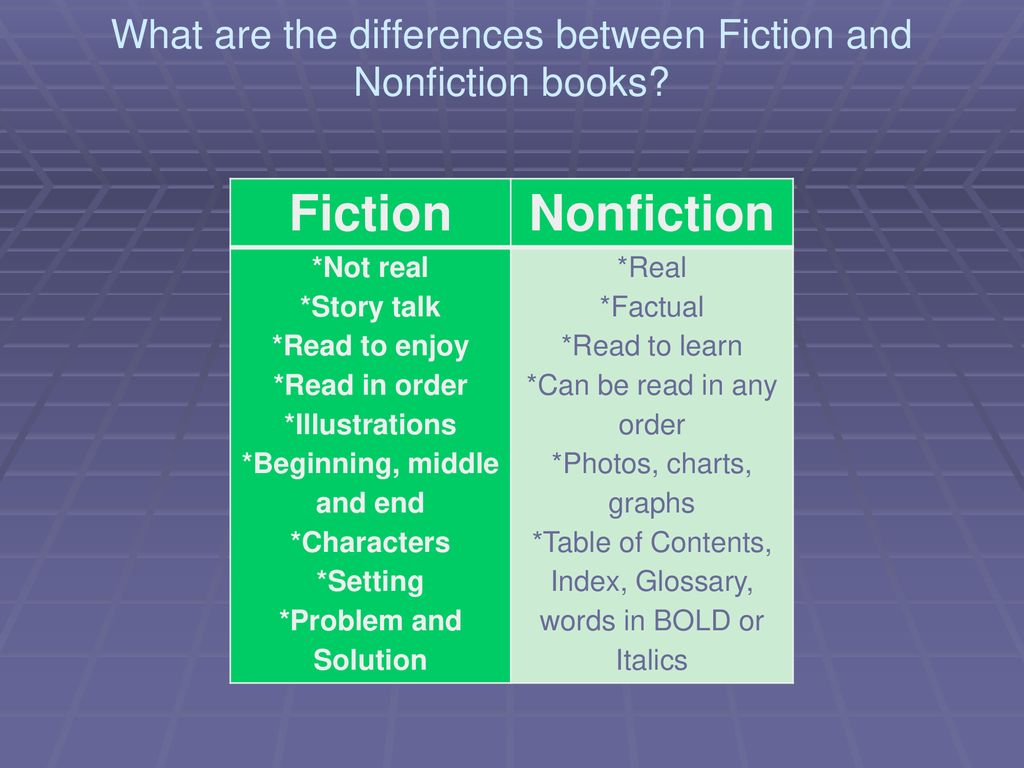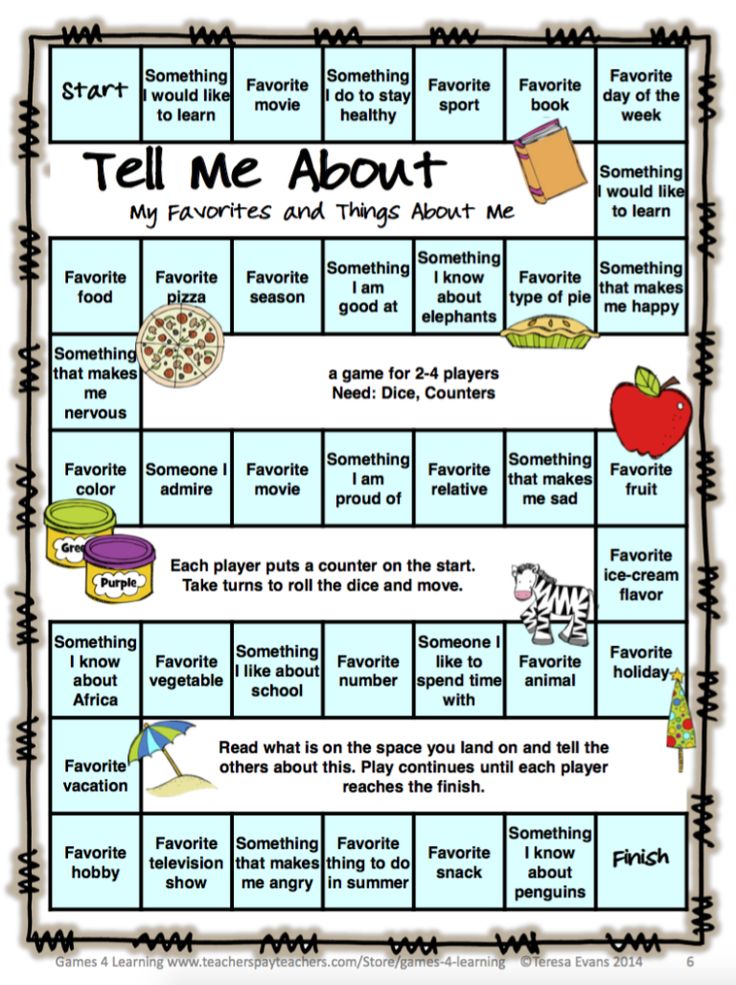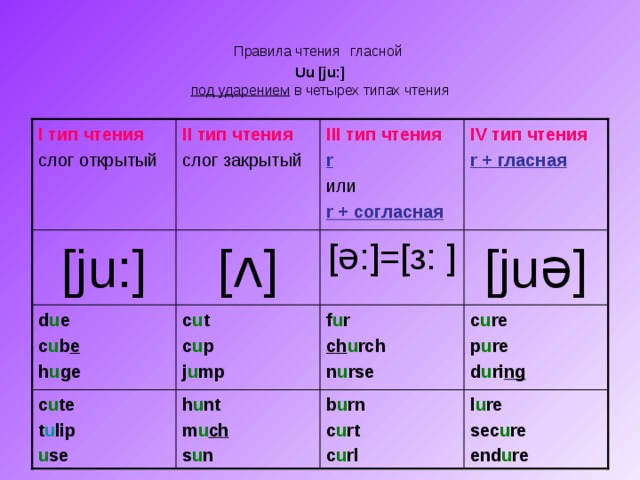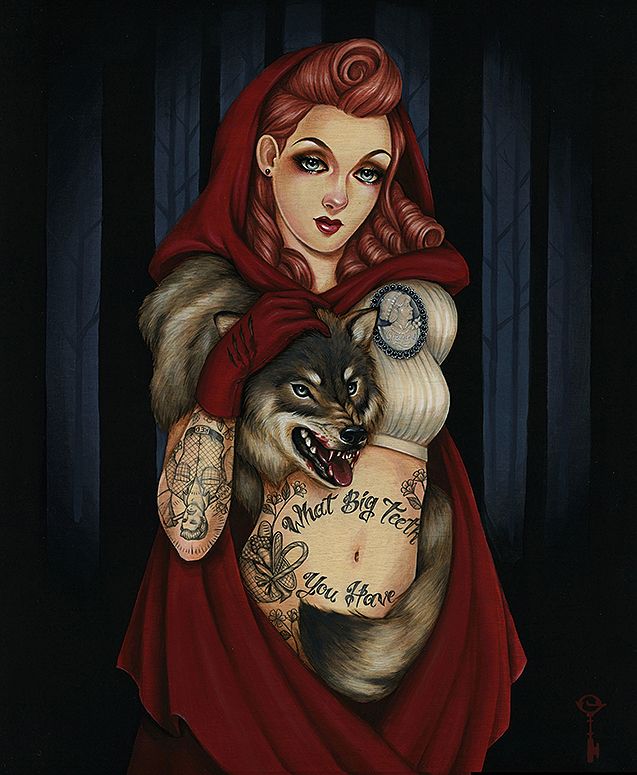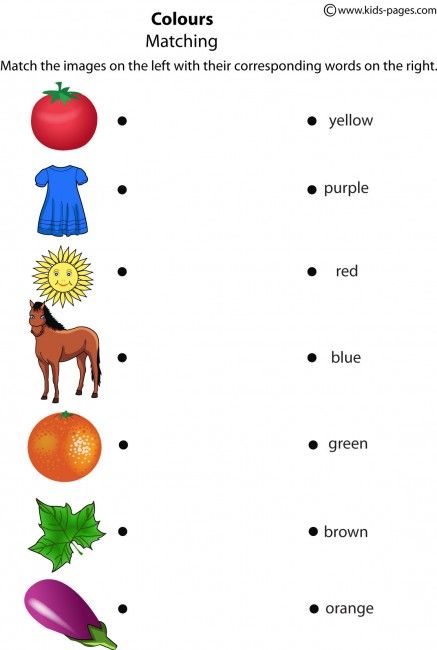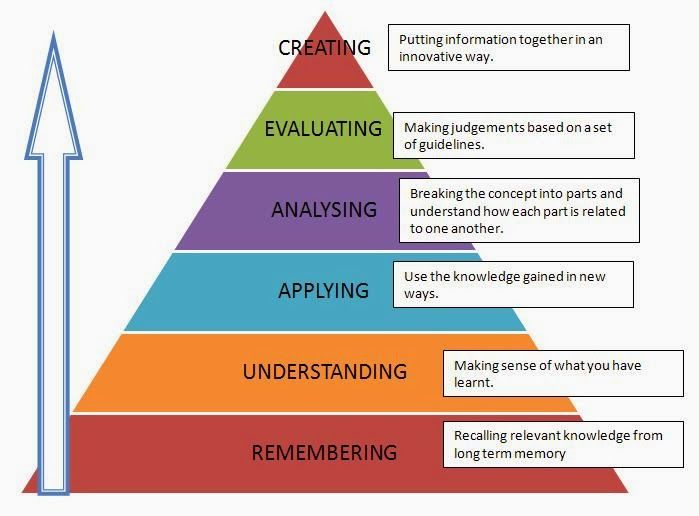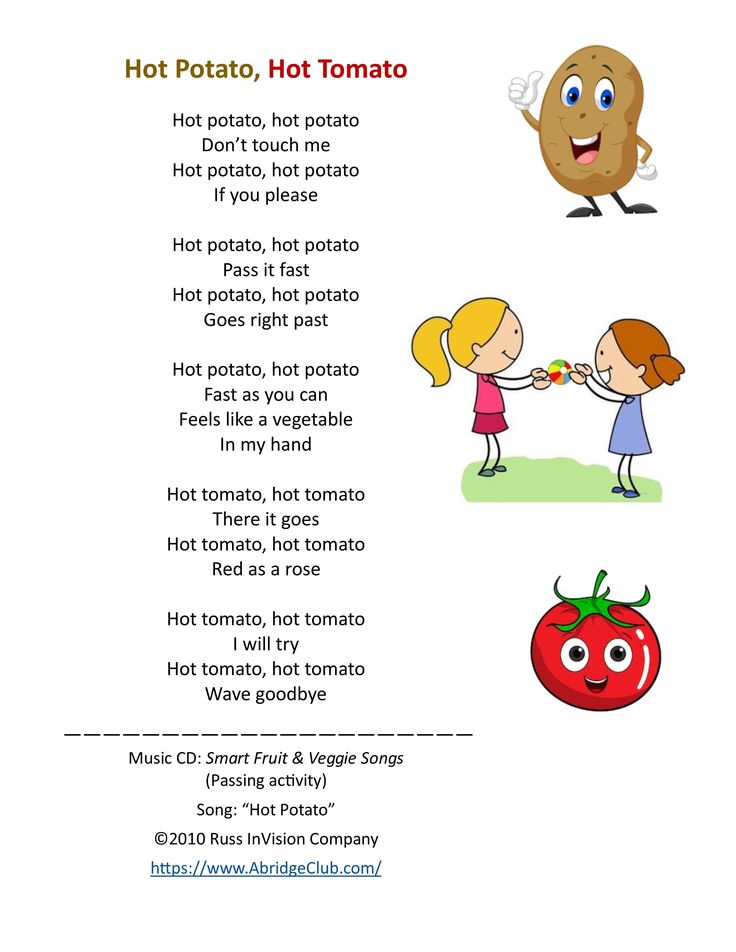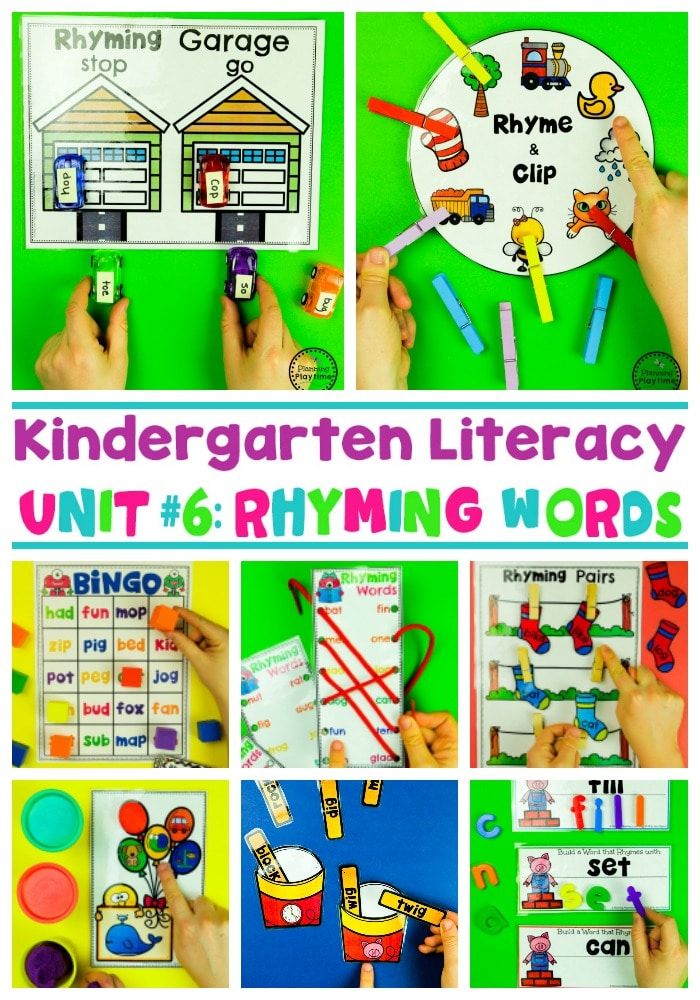Letter sounds activities for preschool
14 Phenomenal Phonics Activities for Preschoolers
It’s difficult to overstate how important reading and language are. These skills are the foundation for a lifetime of success, so it’s only natural if you’re seeking out ways to make sure the little ones in your care are on solid ground. One tried-and-true method for building literacy skills is through the use of phonics activities. In this article we’ll help explain what phonics are and share some excellent phonics activities we’ve found from preschool professionals.
What are phonics?
It’s pretty simple—phonics are just the relationships between letters and the sounds they make. For instance, the letter “p” sounds like /p/ and the letter combination of “tion” sounds /shun/. Though letter combinations like “tion” are more complex, preschoolers can get started learning to recognize simpler letter sounds.
Learning phonics will help young kids decode words to learn how they’re pronounced and what they mean. This will give them a leg up on writing and spelling. Normally learned between kindergarten and second grade, phonics activities are available for every age, including remarkably simple and amusing options for you and your child. We’ve gathered the best on the web just for you and your preschooler.
14 Fun phonics activities for preschoolers
1. Rainbow hop letter sounds game
This kinetic phonics game from Fun Learning for Kids transforms your living room into a life-sized board game. Simply use colored paper, one die and a marker to create a stepping-stone for every letter of the alphabet or however many you have room for. You can even include “ch” and “sh” pieces for more advanced learners. For the game, your child will roll the die, take the allotted number of hops and say and pronounce the letter that they land on. Perfect for playing with siblings or parents or friends, this active game will help your little one learn both letter sounds and counting.
2. Alphabet ball
Best played outside or in a gym, this super simple active game from Hands On As We Grow will keep your energetic preschooler moving, grooving and learning.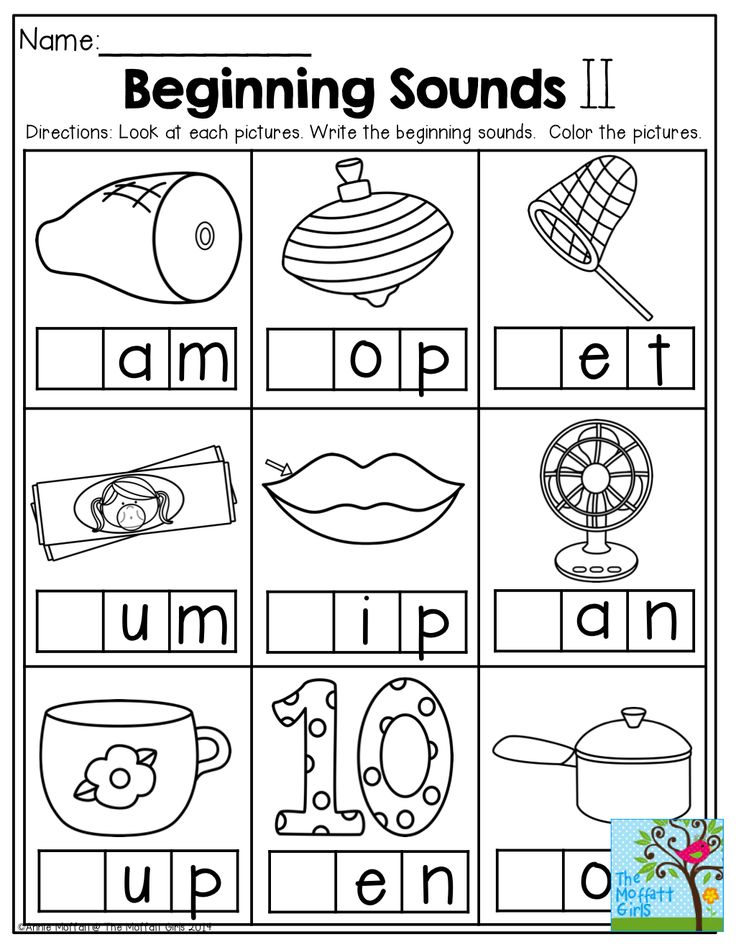 First, the adult calls out a letter and the child responds with a word that begins with that letter. Then, the adult throws the ball to the child and the child gives the adult a letter to find a word for, and on and on. You can make the game even more fun by kicking the ball or chasing each other to tag with the ball. You can also play rhyming ball, where the thrower provides a word for the catcher to rhyme with.
First, the adult calls out a letter and the child responds with a word that begins with that letter. Then, the adult throws the ball to the child and the child gives the adult a letter to find a word for, and on and on. You can make the game even more fun by kicking the ball or chasing each other to tag with the ball. You can also play rhyming ball, where the thrower provides a word for the catcher to rhyme with.
3. Alphabet phonics clip cards
You can download these free, fun and easily portable phonics clip cards from Kids Activities. Using clothespins or any other kind of nonpermanent marker, your child will mark which animal name starts with the letter “z,” “b” or “s” depending on the card. These colorful cards enable your child to work on word association and sounds while in the car, waiting at the doctor’s office or relaxing at home.
4. Letter sounds race
This Letter Sounds Race from Inspiration Laboratories is perfect for your little sprinter. Place letter magnet opposite any magnetic surface—magnet board, the fridge or easel.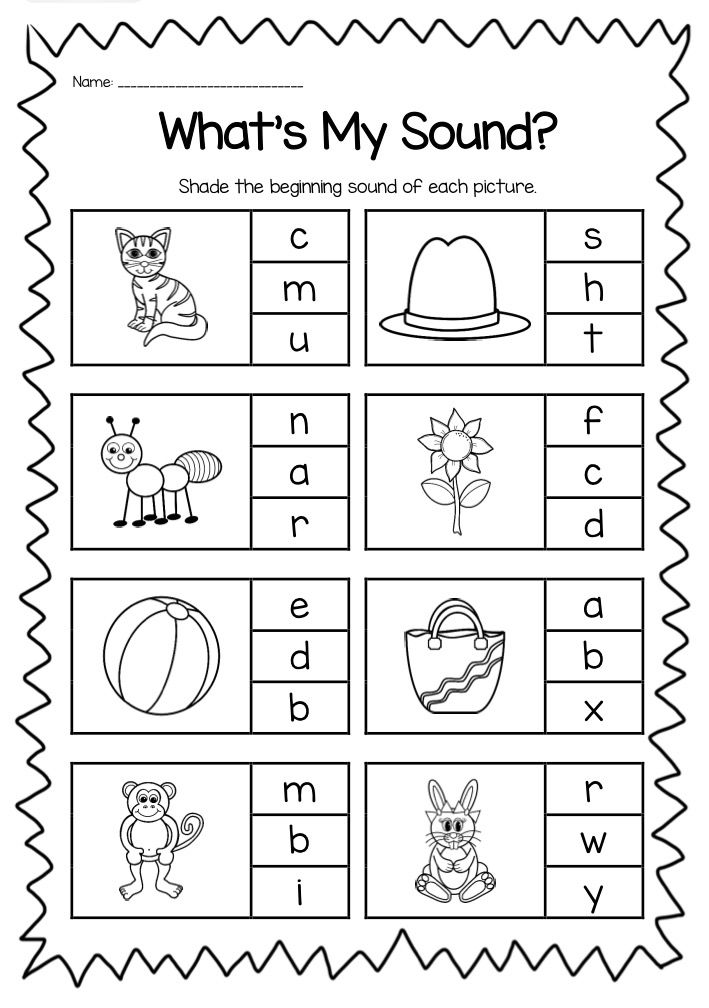 While your kiddo stands near the magnet board, pronounce a letter sound, have them run to the letter magnets, pick out the corresponding letter and place it on the magnet board. You can help your younger child learn new letter sounds by asking them to find and place the letter, pronounce the letter sound and ask them to repeat it.
While your kiddo stands near the magnet board, pronounce a letter sound, have them run to the letter magnets, pick out the corresponding letter and place it on the magnet board. You can help your younger child learn new letter sounds by asking them to find and place the letter, pronounce the letter sound and ask them to repeat it.
5. Phonic photo scavenger hunt
Get clicking with this bright idea from VeryWell Family. Have your preschooler create a photo album, either physical or digital, with a photo of an item for every letter sound: “a” for anthill to “z” for zoo. This is an easy way to keep the learning flowing while on vacation or on the go. This can be done again and again to learn new sounds like “ch” or “sh.”
6. Spin & rhyme
No Time For Flash Cards suggests a creative alternative to boring work sheets. Use a paper towel roll and clothes hanger to easily create rhyming words (e.g., cat, pat, mat, sat). This exercise also helps your little one learn how to break down words and identify word families. The simple setup is easy to transport and provides a kinetic twist to a basic phonics activity.
The simple setup is easy to transport and provides a kinetic twist to a basic phonics activity.
7. Erase the sound
Your little artist will love this simple and visually stimulating activity. Draw a picture on a whiteboard or chalkboard, name individual letters and have your child identify and erase items in the picture that start with that letter. PreKinders suggests drawing a snowman with a hat for “h,” buttons for “b” and carrot for “c.” If your child is old enough, you could also reverse the roles of artist and eraser, once they see how it’s done.
8. Mystery bag
In this tactile activity from PreKinders, you’ll place three objects within a bag—like a ball, bug and button for the letter “b”—have your child name each item, and guess the “mystery letter” that unites all of the objects. If you have more than one little one learning phonics, you can have them fill a bag for the others with objects around the house to have the others guess.
9. 4 in a row
The Measured Mom recommends this game for older preschoolers who can count to four and know most of their letters, but need a bit of review.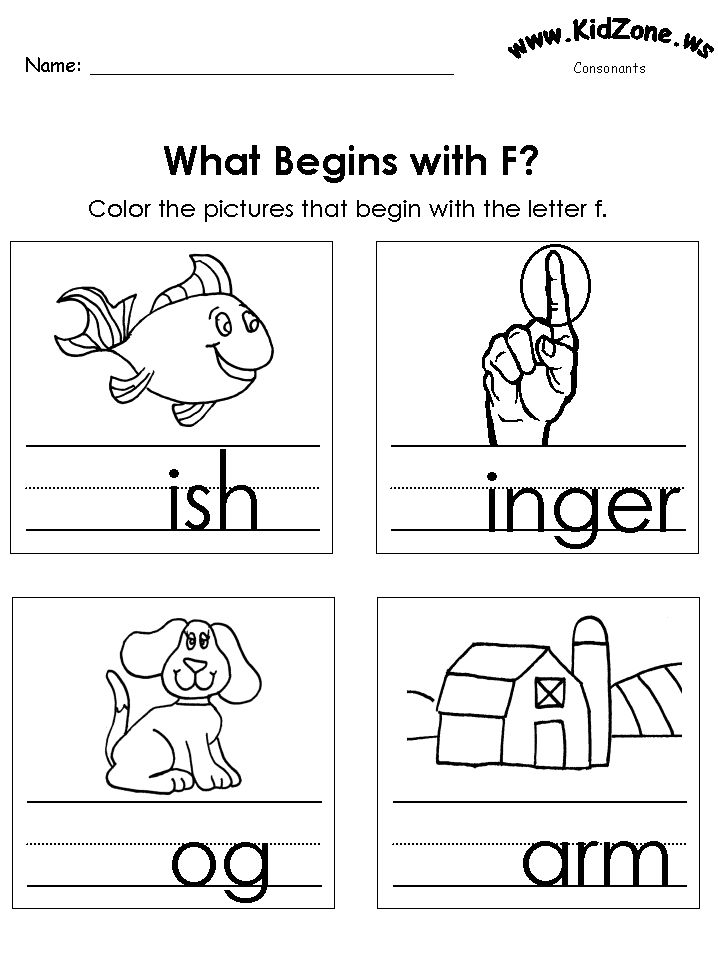 You can print this simple sheet from this website and take turns naming and pronouncing a letter. When you or your child names a letter correctly, you can color it in or cover it with a small object or game piece. The first to get four in a row wins!
You can print this simple sheet from this website and take turns naming and pronouncing a letter. When you or your child names a letter correctly, you can color it in or cover it with a small object or game piece. The first to get four in a row wins!
10. Kaboom alphabet
Using just jumbo craft sticks and a cup, each player will pull a stick out of the cup and say the sound of the letter written on the stick they draw. Then, they get to keep that stick. But “KABOOM” is written on one stick and every time it’s pulled, the unlucky player has to put all their sticks back in the cup. You can even set a timer as Fun Learning for Kids recommends for a fun speed-round version.
11. Say two words
This simple game from PreKinders requires zero materials and allows kiddos to stretch their legs and get some energy out. When you say two words that begin with the same sound, they should stand up as fast as they can, but stay seated if the words do not begin with the same sound.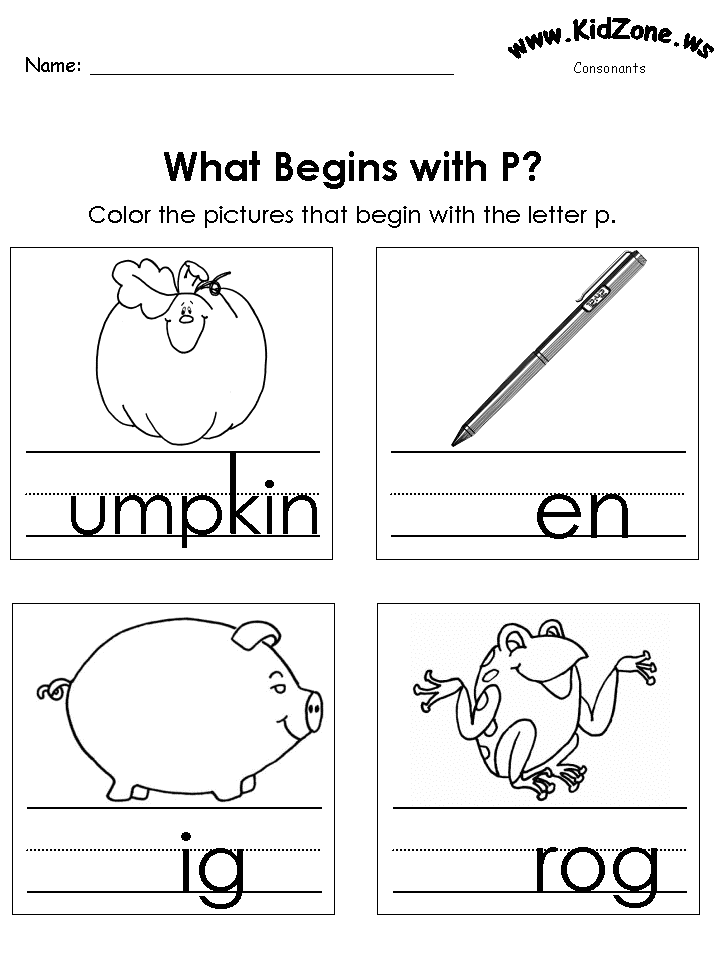 If playing with more children, you can create an elimination system, so that there’s one clear winner determined.
If playing with more children, you can create an elimination system, so that there’s one clear winner determined.
12. Monster names
This simple activity from PreKinders is fun anytime and takes absolutely zero setup. Have preschoolers replace the first letter of their name with the letter “M,” and add ‘mad’ to the beginning. For example, Ashely would become Mad Monster Mashlyn. The kiddos can then stomp around, growl and play monsters with each other. This simple approach for reinforcing phonetic sounds can obviously be expanded and modified for further practice (e.g., Cool Cat Cashlyn, Funny Fish Fashlyn, etc.).
13. Smack the letter
Fun Learning for Kids recommends this flexible and fun game. Preschoolers will love getting to use a flyswatter to hit the letters you write on sticky notes and pronounce for them to identify. You can pick the letter sounds they most need to work on. If playing with a peer, this game can become a race. Two to three children can play for points to see who can reach 10 first.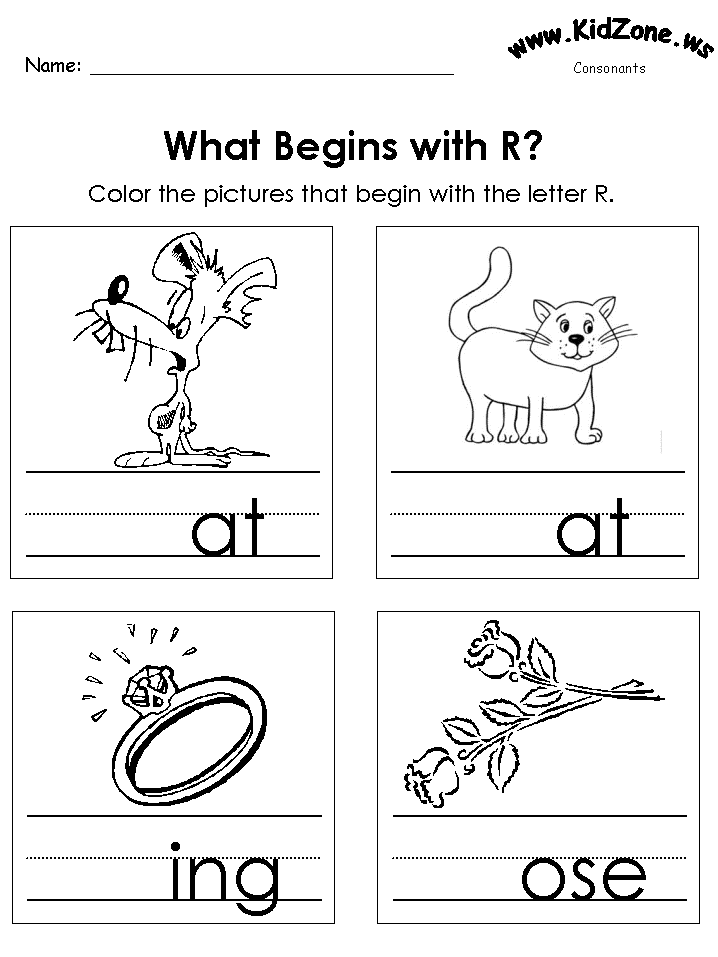 It can also be played tournament-style, if you’re working with a larger group.
It can also be played tournament-style, if you’re working with a larger group.
14. Phonics I-Spy discovery bottle
Imagination Tree offers this fun boredom buster. Fill a large juice bottle with a variety of small items that start with various letters, using rice or sand as a filler for the remaining space. To play, use an alphabet deck or phonics clip cards to pick a letter and have your child shake the bottle and hunt for the item with the corresponding beginning letter.
Make phonics fun!
If these ideas excite you, it probably isn’t because you only love phonics. It’s more likely you love helping little ones develop their minds too. If making a career out of that love sounds like a bright idea, learn about just how important early childhood education is and how you could play a role in it.
Learning Letter Sounds - PreKinders
By Karen Cox | Affiliate Disclosure | Filed Under: Phonological Awareness
These games help pre-K children practice Letter Sound learning in a fun, hands-on way.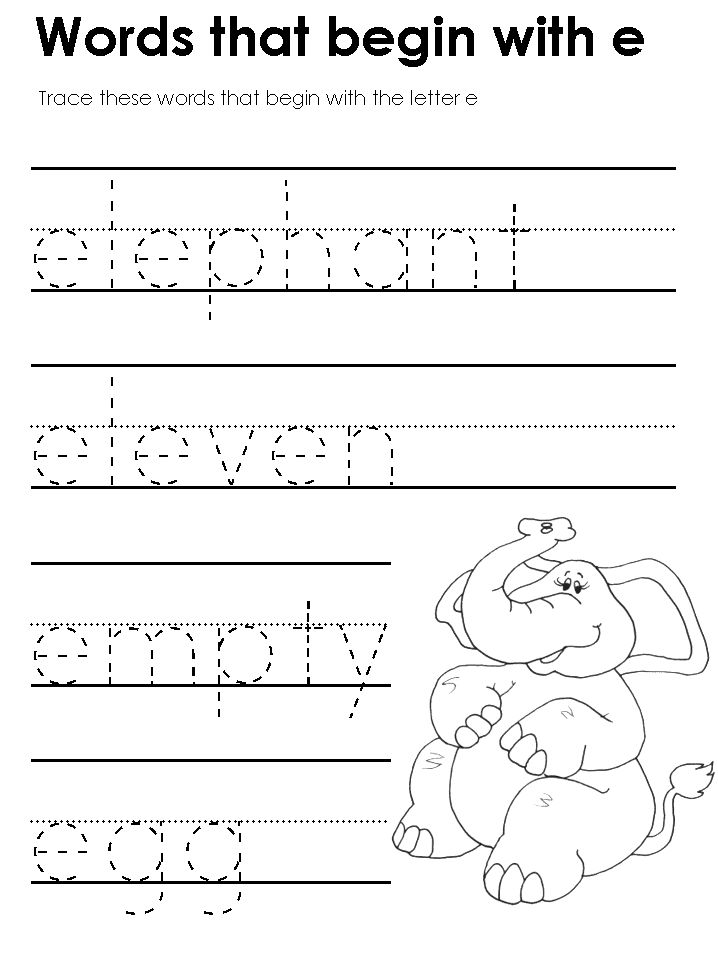
Sound Cups
Use 26 disposable clear punch cups and label each cup with a letter. Letter cup labels can be downloaded below. Collect a set of small trinket objects (you can ask parents and friends to send things in), such as plastic lizard, small block, watch, plastic frog, bandaid, necklace, button, dice. Place the trinkets in a basket. Children sort each trinket into a letter cup by its beginning sound.
You can use all 26 cups at one time, or select 3-4 letter cups at a time for children to focus on. When searching for items to go in the cups, look for dollar store mini toys (especially packs of animals and bugs), look at doll house miniatures, browse craft stores for mini items.
Download: Letter Cup Labels
Erase the Sound
Draw a picture on a dry erase lap board. In the example below, I drew a snowman. Call children up one at the time to erase something that begins with something in the picture. In this picture, children can erase something that begins with H (hat), something that begins with B (buttons), something that begins with N (nose).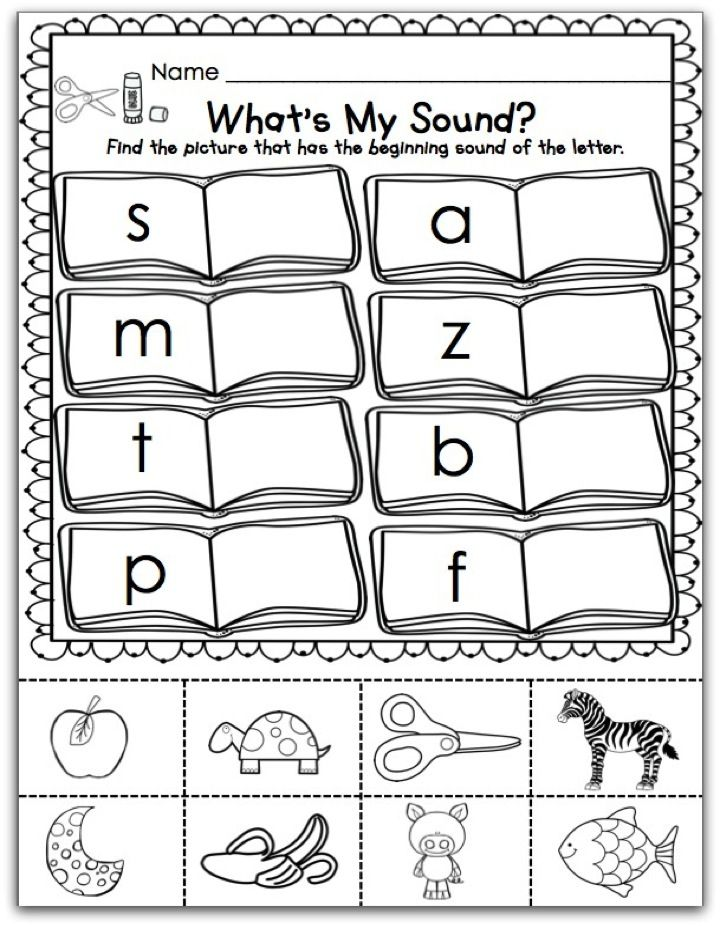 Continue until everything is erased.
Continue until everything is erased.
Mystery Bag
Place three objects beginning with the same letter in a bag (such as ball, bug, and button for B). Have a child pulls each item out of the bag and name each item. Have the class guess the “mystery letter”.
Guess Who?
Say three words and have the kids guess whose name begins with the same sound as those three words. For example, call out:
- lake
- lemon
- lamp
The class would guess Levi. If you have more than one child in your class (maybe Levi, Lucy, and Layton) who start with that letter sound, the class can name all of them.
I have prepared a list of words for each letter that you can use for your students. Download the list below.
Download: Beginning Letter Sounds List
Monster Names
Have kids stand, stomp, and growl when you say their “Monster Name”. Replace the first letter of each child’s name with the letter M. For example, Braden’s name would become “Mad Monster Maden” and Ashlyn’s name would become “Mad Monster Mashlyn”.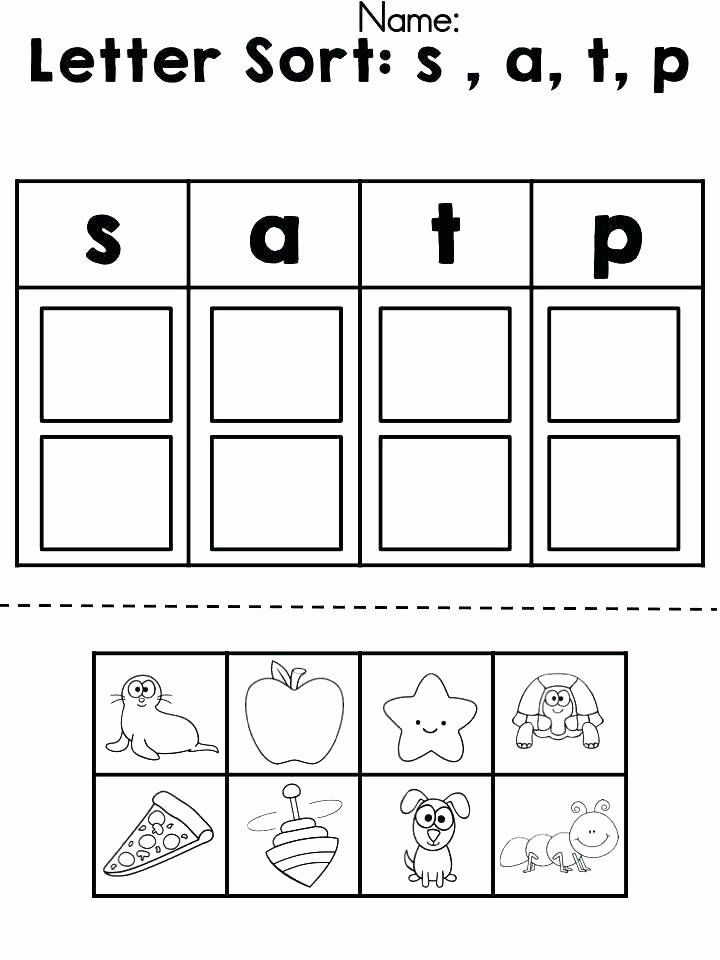
Say Two Words
Say two words, and have kids stand up if the words begin with the same sound. Have them sit down if they do not. For example,
cat – cow (stand up)
hat – goat (sit down)
Letter Sounds Listening Games
Children listen for beginning sounds in words and use bingo markers to stamp a letter each time they hear the letter sound. Get the printable game here: Letter Sounds Listening Games.
Letter Sounds Activity Cards
Children look at the picture, say the word, and find the letter that matches the beginning sound. They mark the cards by clipping it or marking it with a chip. Get the printable game here: Letter Sounds Activity Cards.
Letter Tile Mats
Children match letter tiles to the pictures on the mats by identifying the beginning sound of the words. Get the printable game here: Letter Tile Mats.
More Resources
These are available in my shop.
About Karen Cox
Karen is the founder of PreKinders.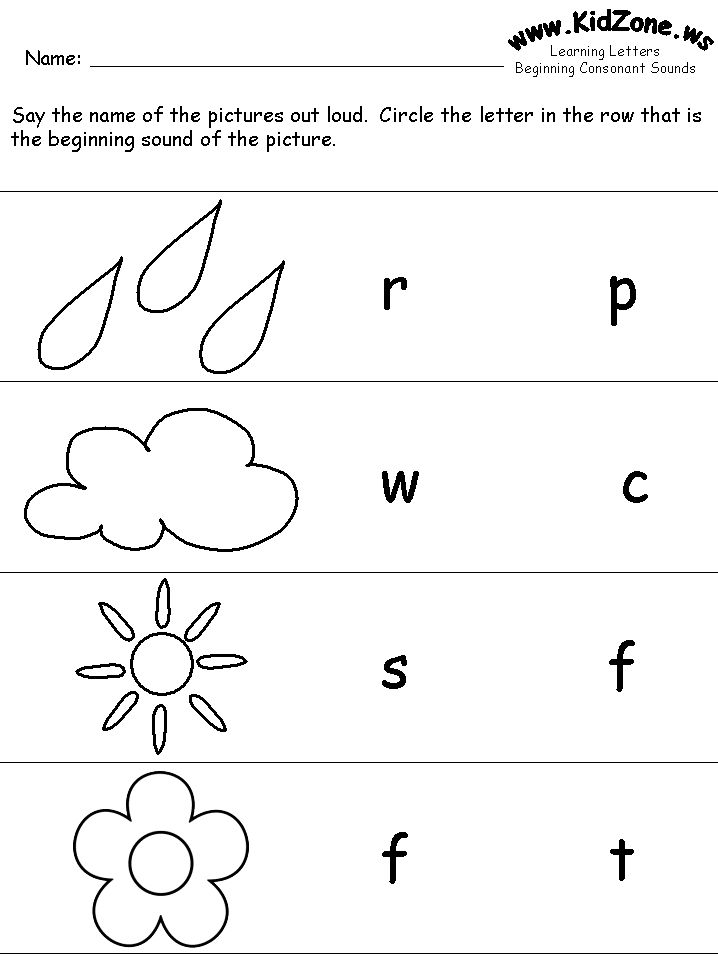 com. She also works as a full-time Pre-K teacher in Georgia. Read more...
com. She also works as a full-time Pre-K teacher in Georgia. Read more...
SEARCH
Learning letters and sounds with children
7829
Before teaching a child to read, parents are advised to first teach the child to recognize and distinguish sounds. Some children understand the difference between letters and sounds after the first explanation, while others do not. And then the mother has to connect her imagination and all her pedagogical abilities in order to first understand herself, and then explain to the child why to distinguish between sounds and letters and how to do it. nine0004
It is necessary to understand the following pattern: there are many more sounds than letters, sounds are more important than letters, letters in themselves do not mean anything, and all qualities, for example: sonority, softness, etc., are related to sounds. One letter can represent several sounds.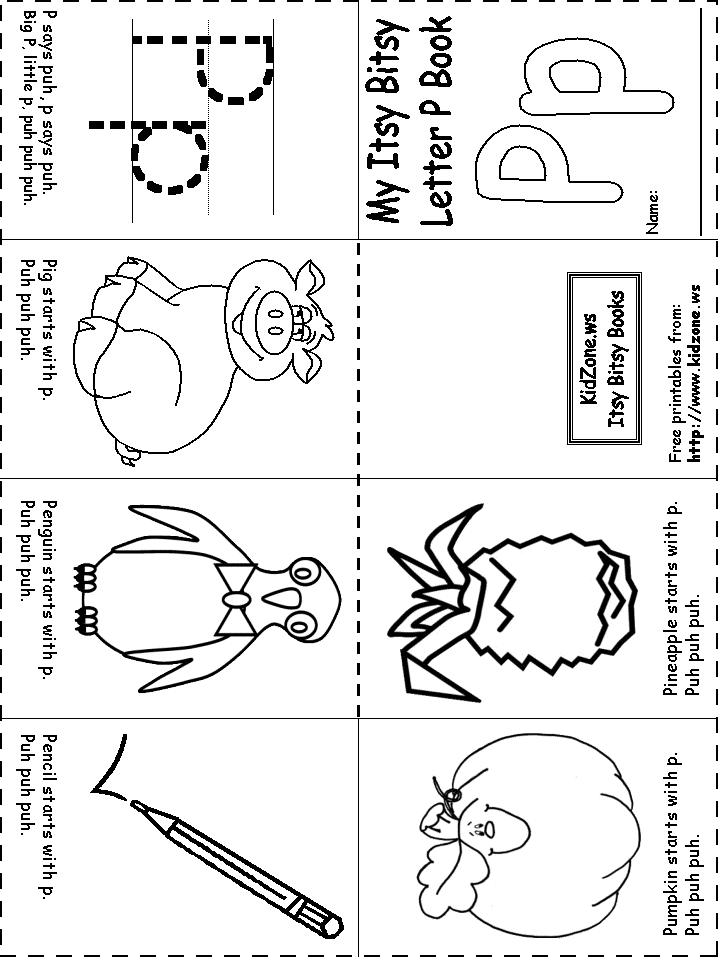 Therefore, we begin to learn to speak and read precisely with sounds.
Therefore, we begin to learn to speak and read precisely with sounds.
Tell a kid a story:
“People lived in ancient times. They already knew how to speak and therefore loved to tell each other fairy tales and sing songs. But everything they told was quickly forgotten, because people did not know how to write. Fairy tales and songs were so interesting that a person wanted to remember them for a long time. And then people came up with special letter icons. The letters denoted the sounds that people uttered when telling a fairy tale. So the ancient man began to write down his fairy tales with the help of letters. Therefore, letters-icons now live in books, but they are always silent until you want to read them aloud. And as soon as you want to read a letter, sound will immediately appear. Sound and letter are the closest friends and cannot live without each other. A letter without a sound is silent, and a sound without a letter immediately disappears. nine0004
There will be 33 houses in the city, because there are 33 letters in the alphabet.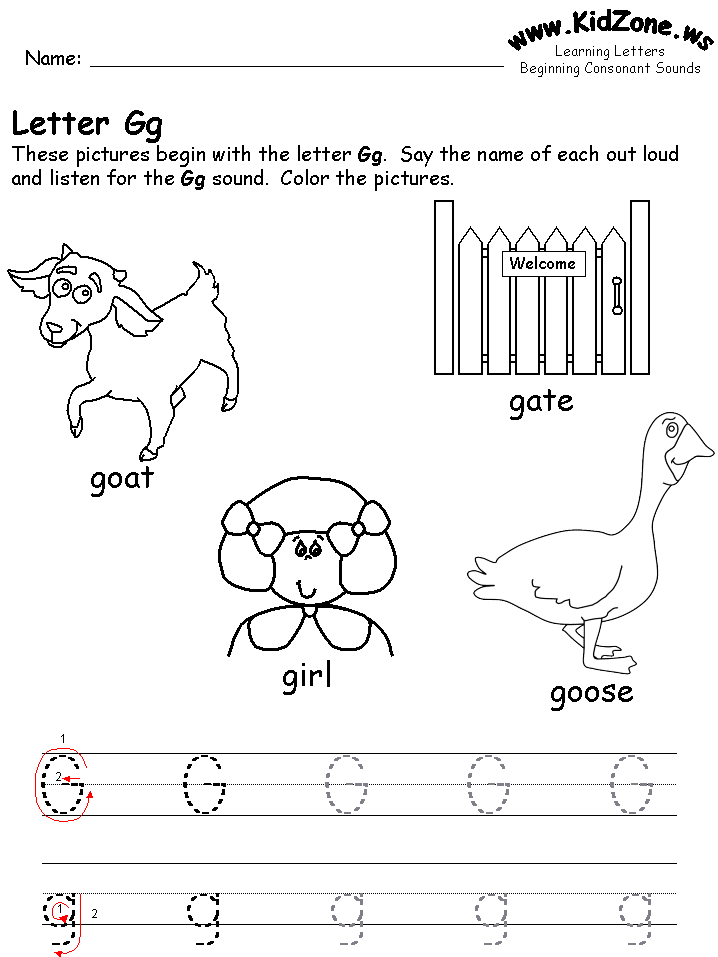 A river will flow through the city, which will divide it into three parts. One coast is called "Vowers", the second - "Consonants", and empty houses are built on the third coast. However, houses will be built in the city not only on the shore, but also on the river. Floating houses are special. They can be painted in two colors, and empty houses in one gray color.
A river will flow through the city, which will divide it into three parts. One coast is called "Vowers", the second - "Consonants", and empty houses are built on the third coast. However, houses will be built in the city not only on the shore, but also on the river. Floating houses are special. They can be painted in two colors, and empty houses in one gray color.
Houses in the city are divided into three types: with two tenants, with one and empty houses. nine0004
On the bank of vowels there will be 6 single houses: a, i, o, u, s, e.
Houses were built on the bank of consonants, where 2 sounds live at once - hard and soft: b-b, v-v, g-g, d-d, z-z, k-k, l-l, m-m, n -n, p-p, r-r, s-s, t-t, f-f, x-x, and single houses: f, c, w, d, h, u. In total, 21 houses were built on the bank of the consonants.
Suitcase houses will live on the river, there are only 4 of them. Two sounds Y-E live in the house E, sounds Y-O live in the house YO, in the house Yu - Y-U, in the house I - Y-A.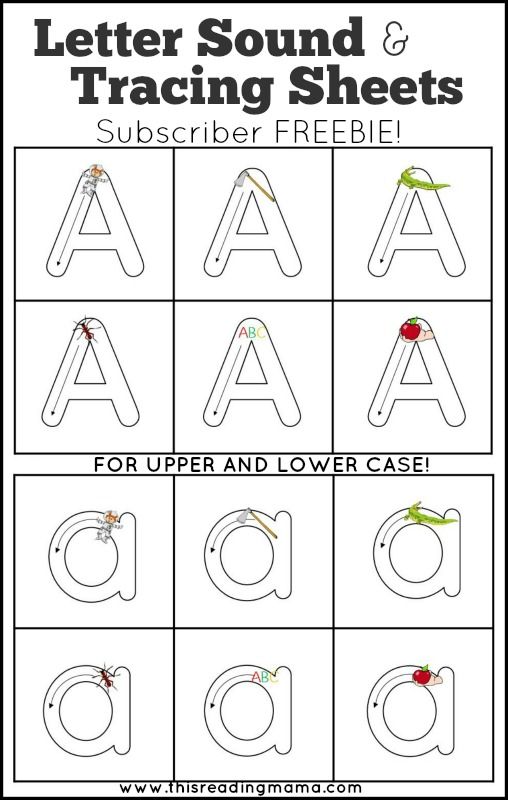 These houses were built on the river because vowels and consonants coexist in them. nine0004
These houses were built on the river because vowels and consonants coexist in them. nine0004
There are empty houses on the third bank: b sign and b sign. Nobody lives in these houses. Therefore, these letters do not have sounds. They are only for writing.
Play with the drawn map.
Discuss with your child in the following sequence: the letter B is the house of two friends: a large and hard sound B and a small and soft sound b. Compare how the letter B sounds, for example, in the words Bom and Bim. (In the word Bom we hear a hard sound B, in the word Bim - a soft sound b).
nine0002 When examining a book, ask: “Where is the letter M in the word BEAR? And what sounds live in the house-letter M?" The child must remember the map or directly examine it with you at this moment and show with a finger that sounds live in this house: big and hard M and small and soft m. When studying consonants, call them by the sound they denote, i.e. not "me" or "em", but "m".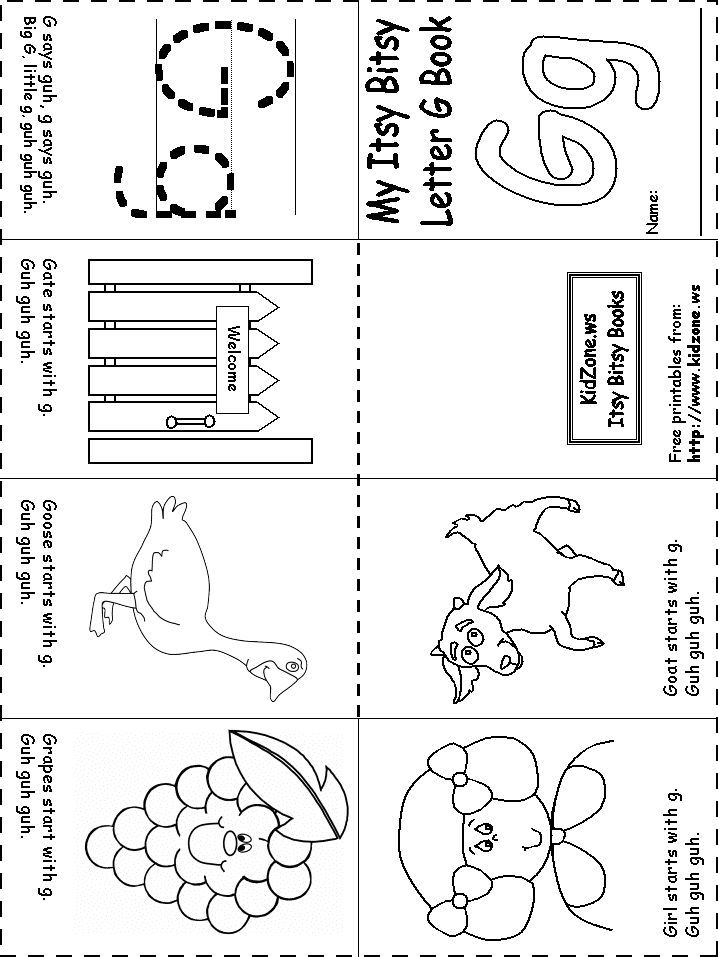 Otherwise, later it will be very difficult for the child to learn how to combine letters into syllables and words.
Otherwise, later it will be very difficult for the child to learn how to combine letters into syllables and words.
The ratio of sounds and letters is a rather abstract thing for kids. And it will be easier for them to understand it if they are guided by the picture and create images in their imagination. nine0004
The Razumeikin website will help your child learn letters in the "Letters and Reading" section and get acquainted with the characteristics of sounds in the "Preparing for Literacy" section - educational videos and interactive tasks will turn learning to read into an exciting game!
Did you like it? Share with friends:
Online classes on the Razumeikin website:
-
develop attention, memory, thinking, speech - namely, this is the basis for successful schooling; nine0004
-
help to learn letters and numbers, learn to read, count, solve examples and problems, get acquainted with the basics of the world around;
-
provide quality preparation of the child for school;
-
allow primary school students to master and consolidate the most important and complex topics of the school curriculum;
-
broaden the horizons of children and in an accessible form introduce them to the basics of various sciences (biology, geography, physics, chemistry).
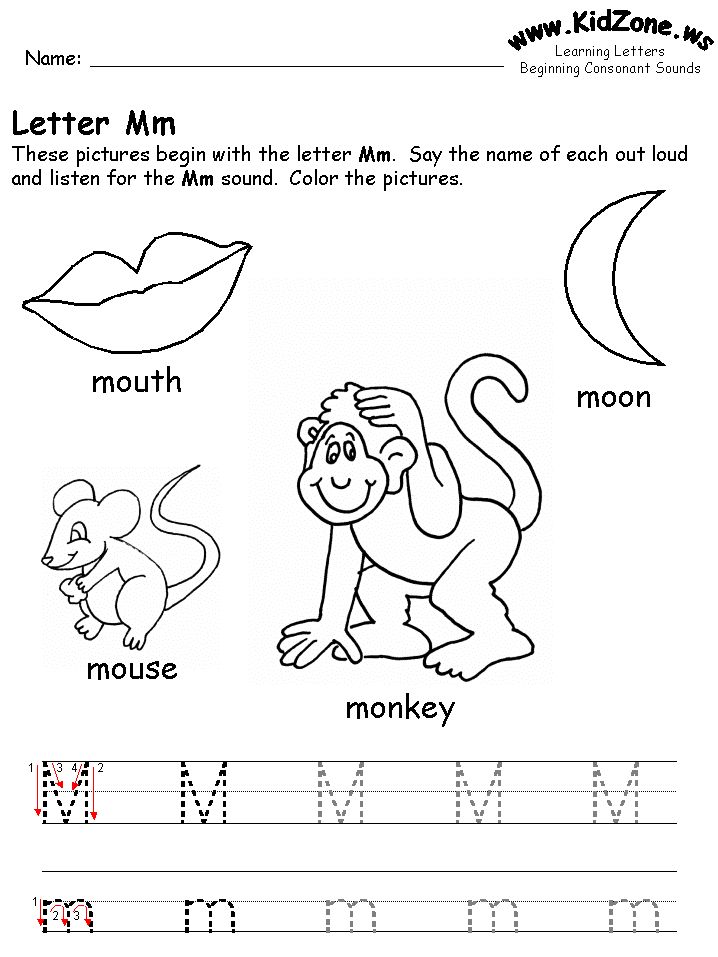 nine0004
nine0004
What are letters and sounds? - Kindergarten No. 220 JSC Russian Railways
Usually parents say that the child does not pronounce some letters! Unfortunately, parents do not always understand the difference between such concepts as “sound” and “letter”. These terms must not be mixed!
Sound is the smallest, indivisible unit of speech flow perceived by the ear. There are 42 speech sounds in Russian.
Letters are graphic signs with which speech sounds are indicated when writing. There are 33 letters in total.
We pronounce and hear sounds, we see and write letters .
For parents of children of primary and secondary preschool age, is enough if the baby remembers that the letter stands for the sound "P" and learns it like "P" and not "er", "L" and not "el" ”, “Sh”, not “sha”, etc.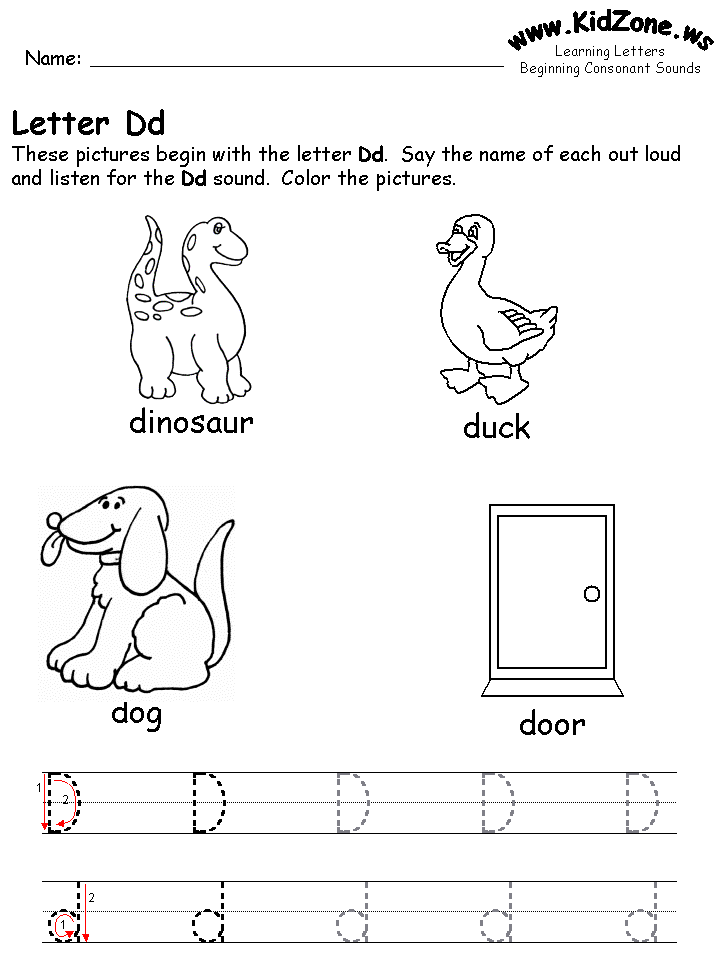
Parents, older preschoolers and first graders need to know much more about sounds and letters. nine0004
Sounds are divided into vowels and consonants.
Vowels - when they are pronounced, the air in the mouth passes freely without encountering obstacles. There are 10 vowels in Russian ( a, y, o, e, s, e, e. i, u, i). There are only 6 vowels - [a], [o], [y], [i], [s], [e]. The fact is that the vowels e, e. yu, i in some positions denote 2 sounds:
e - [y'o], e - [y'e], y - [y'y], i - [y'a].
Vowel sounds are indicated by a red circle. Vowel sounds are neither hard and soft, nor voiced and deaf. A vowel sound can be stressed or unstressed. Vowels form a syllable. There are as many syllables in a word as there are vowels.
Consonants sounds - when they are pronounced, the air in the mouth meets barriers formed by the tongue, teeth or lips.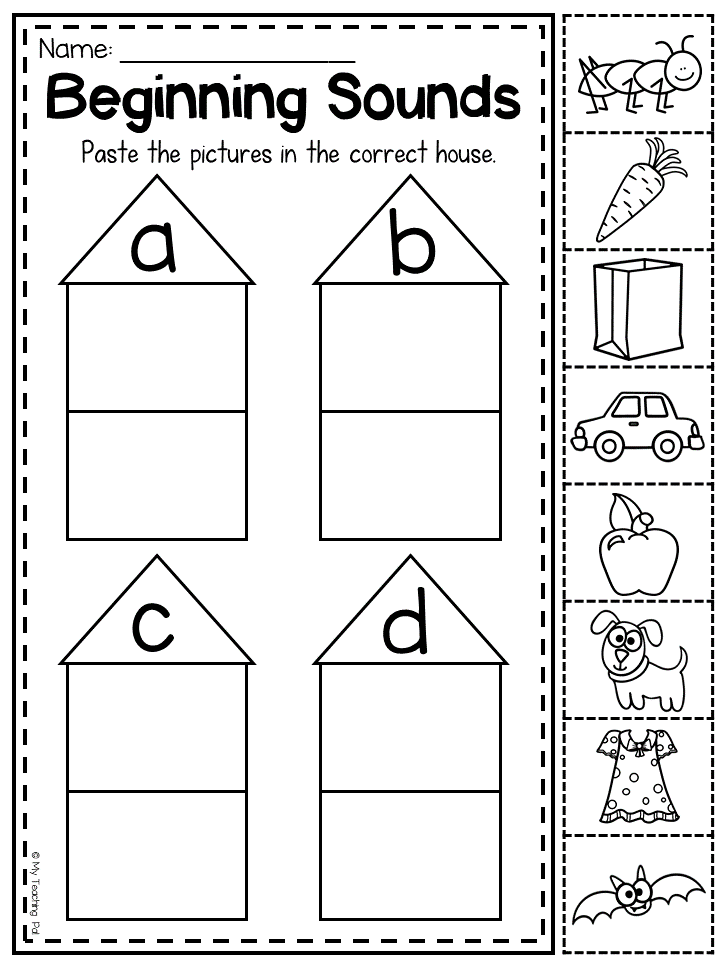
Consonants are available :
- hard - are pronounced firmly. Marked with a blue circle. For example: [p], [k], [d], etc.;
- soft - soft. Marked with a green circle.
For example: [p']= (p), [k']= (k), [d']= (d).
Most consonants have a pair of hardness-softness. For example: [b] - [b '], [t] - [t '], [l] - [l '], etc.
But there are consonant sounds that do not have a pair of hardness-softness. They are either always hard or always soft:
- always hard consonants - [w], [g], [c];
- always soft consonants - [h'], [u'], [y'];
- voiced consonants - pronounced with voice.
For example: [l], [r],. [d], [m], etc. To determine the voicedness, you need to put your hand to the “neck” and listen if there is a “bell”.
- voiceless consonants - pronounced without voice.